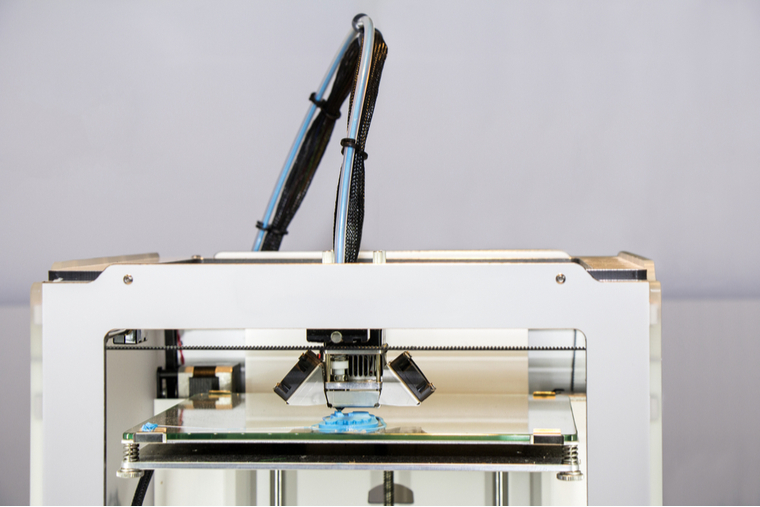Researchers and clinicians have been working to use focused ultrasound combined with microbubbles to open the blood-brain barrier (BBB) for both noninvasive diagnostic use as well as to deliver treatments to the brain for tumors and neurodegenerative diseases. However, the few existing devices for preclinical research are expensive, bulky and lack the precision needed for small animal research.

Hong Chen, associate professor of biomedical engineering at the McKelvey School of Engineering and of radiation oncology at the School of Medicine at Washington University in St. Louis, and her team have developed a low-cost, easy-to-use and highly precise focused ultrasound (FUS) device that can be used on small animal models in preclinical research.
The FUS transducer, created in-house using a 3D printer, costs about $80 to fabricate. It can be integrated with a commercially available stereotactic frame to precisely target a mouse brain. Results of the work were published online in IEEE Transactions on Biomedical Engineering Feb. 15.
Read more on the engineering website.



